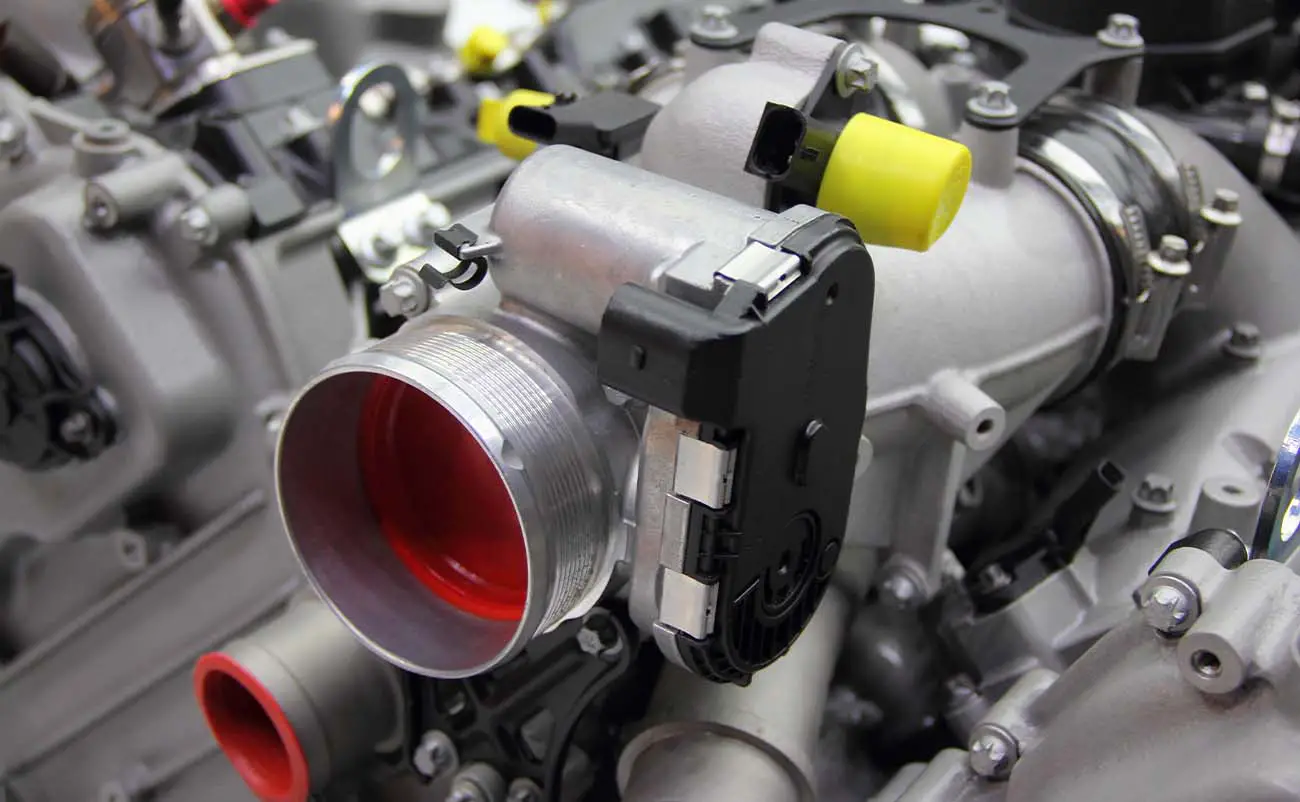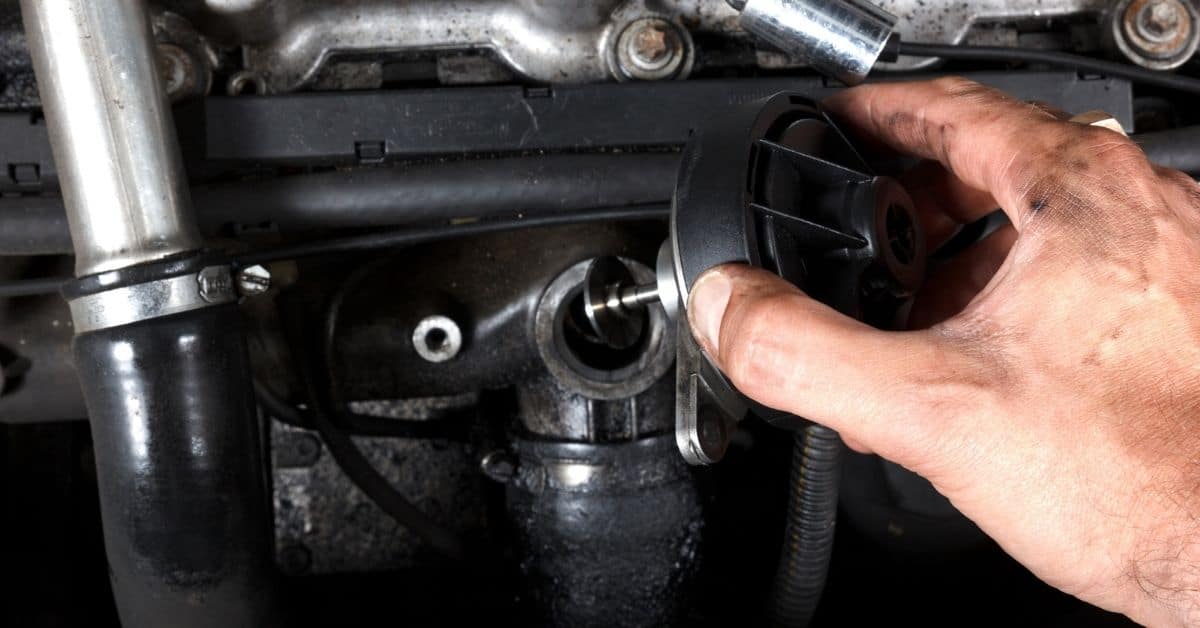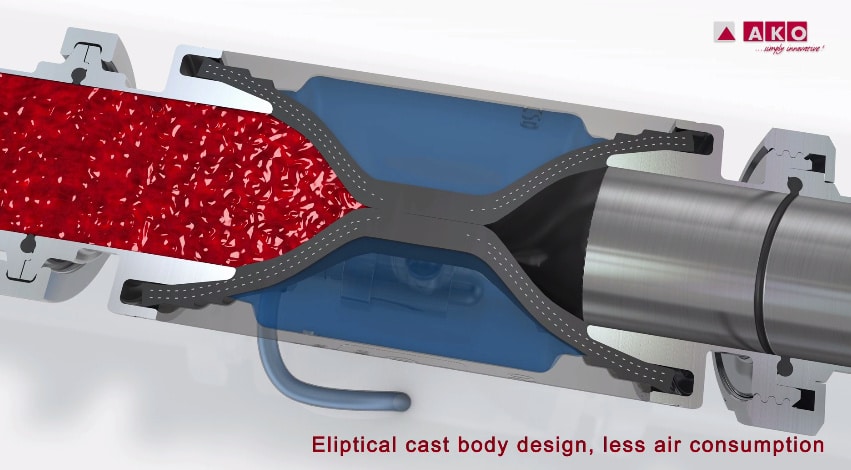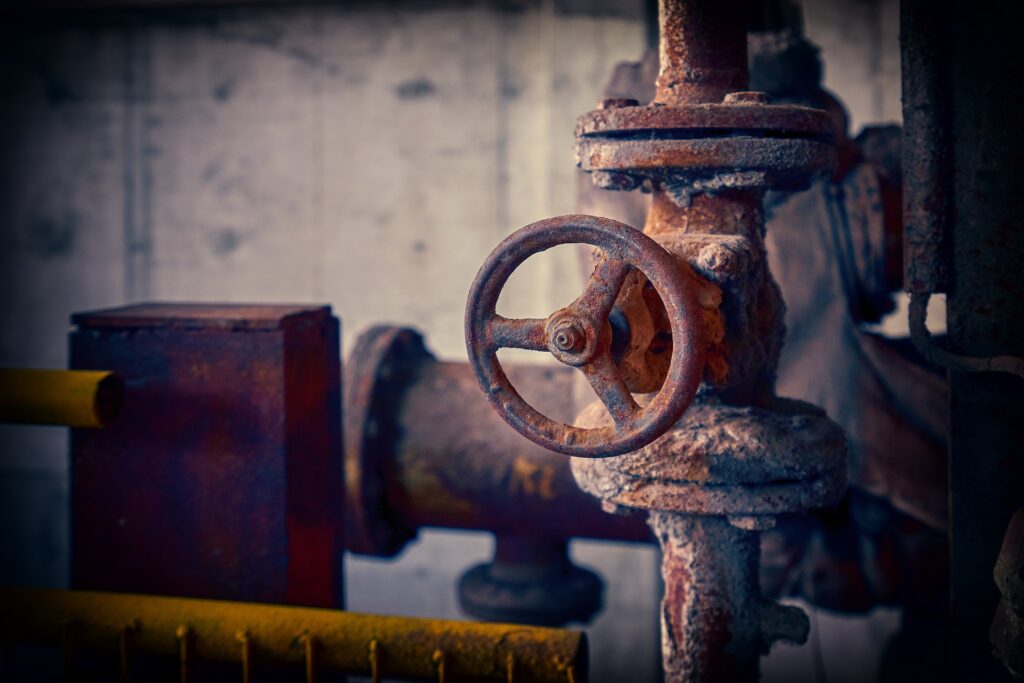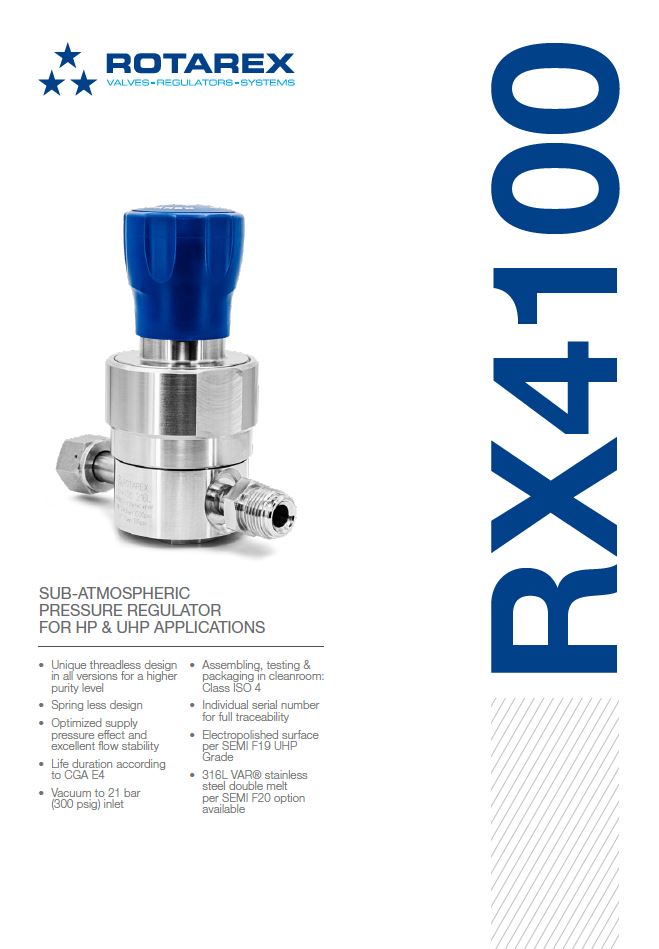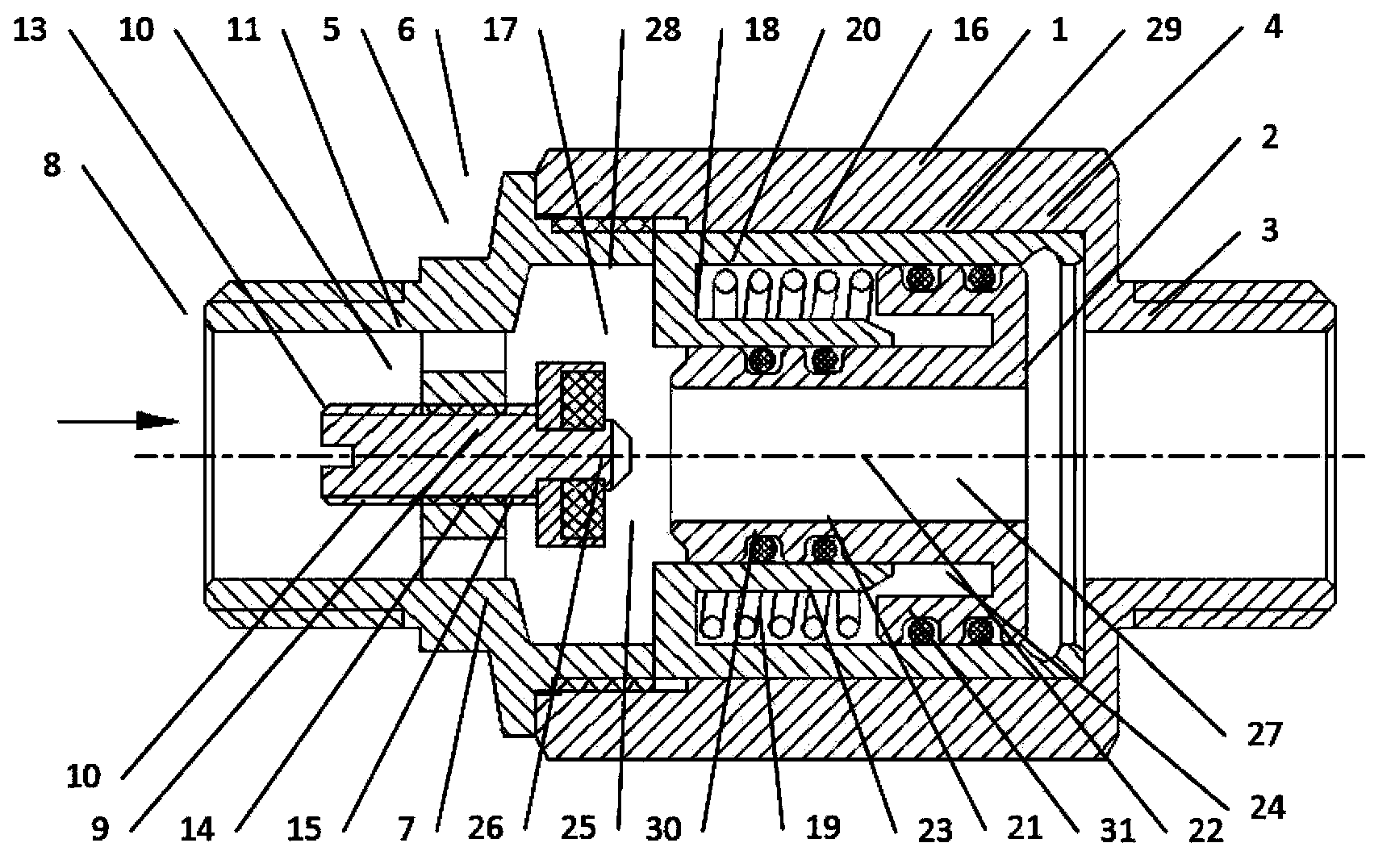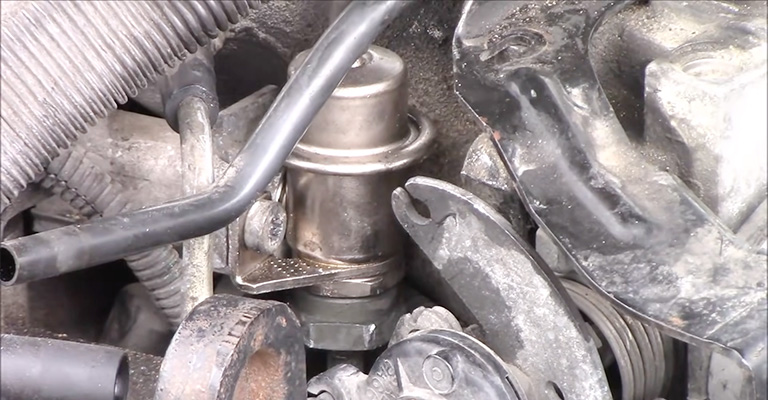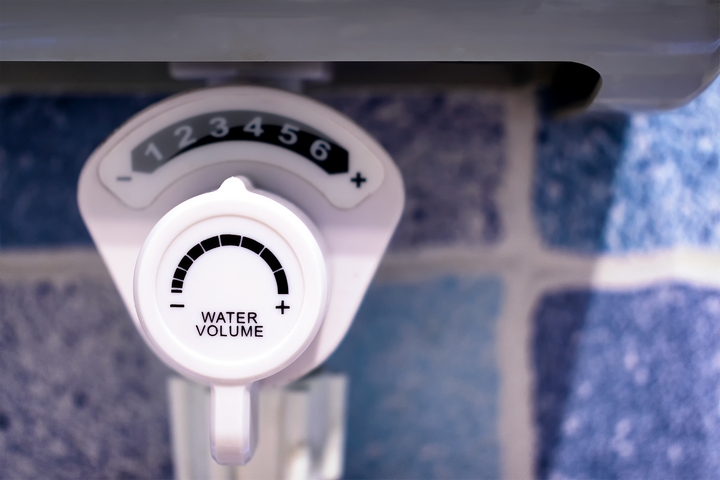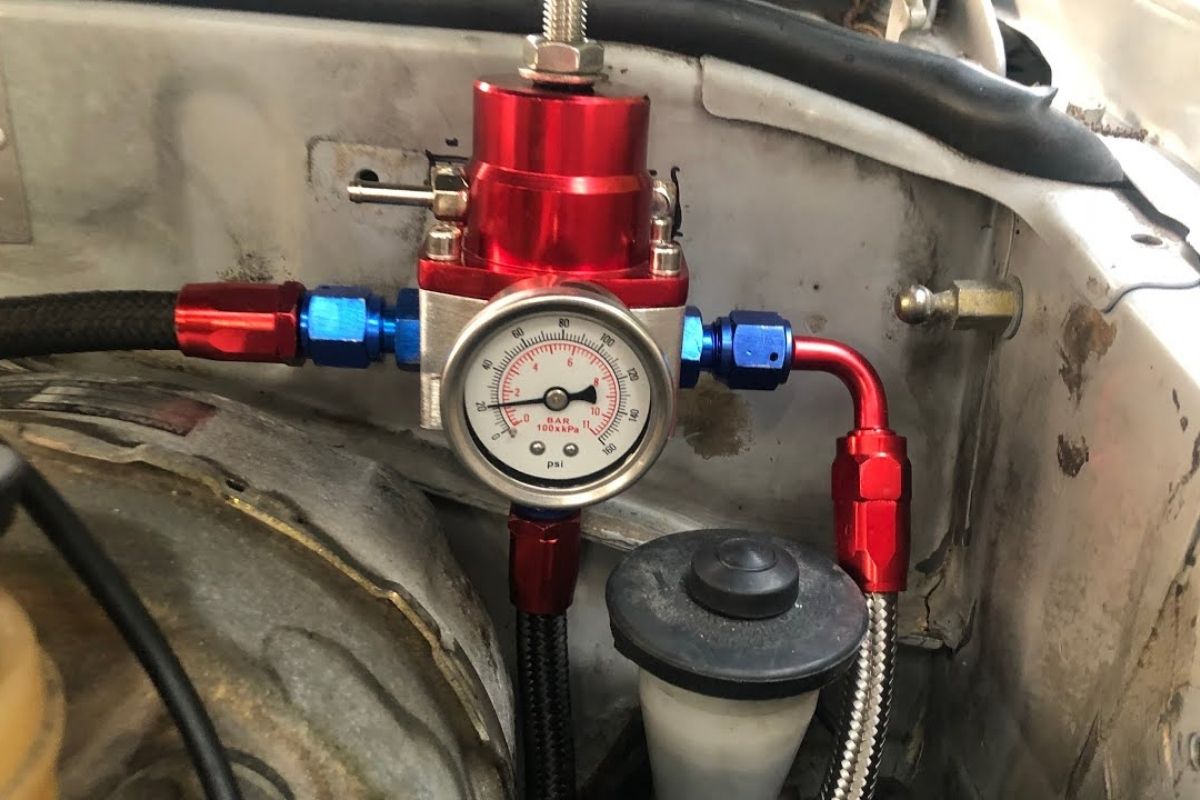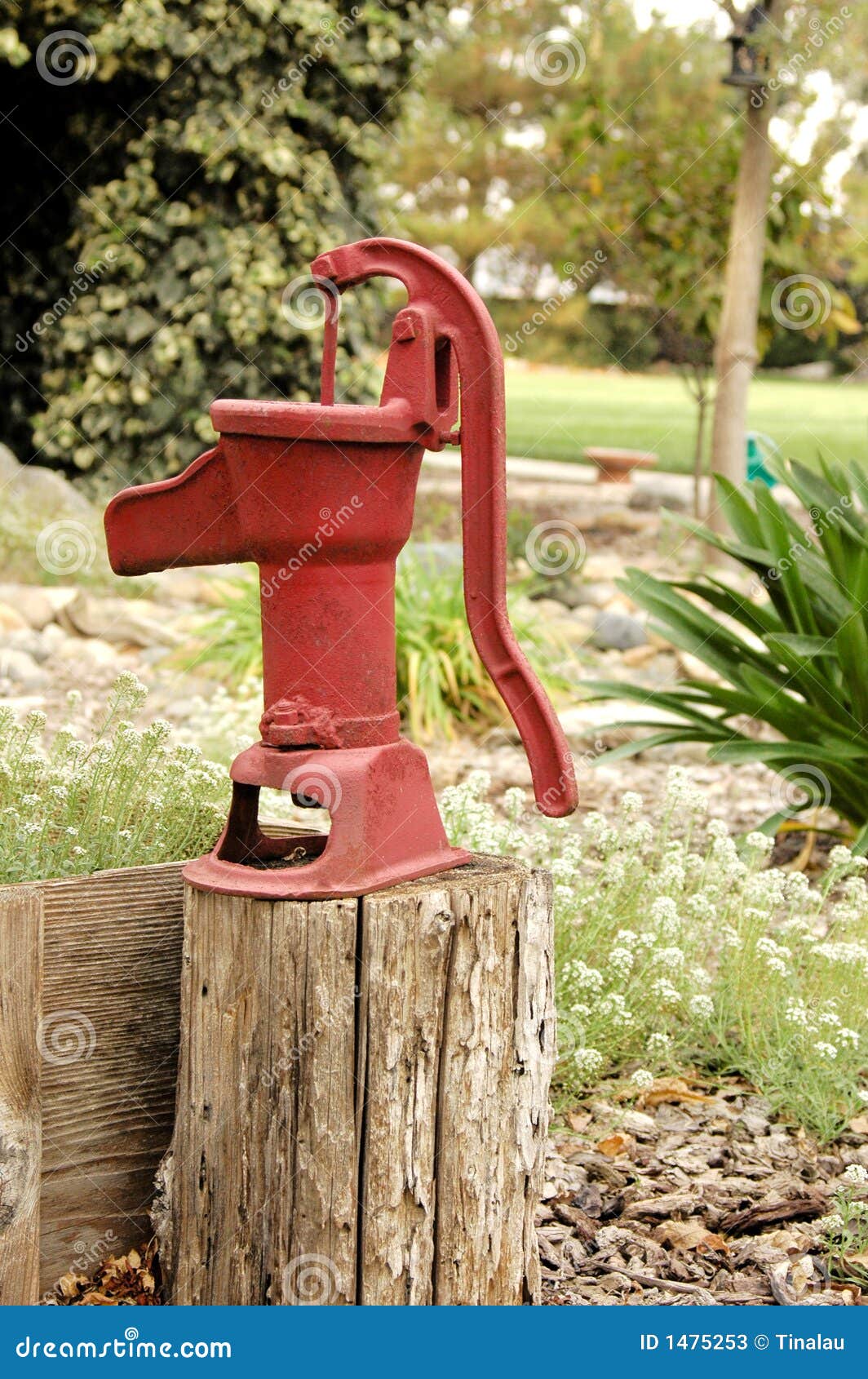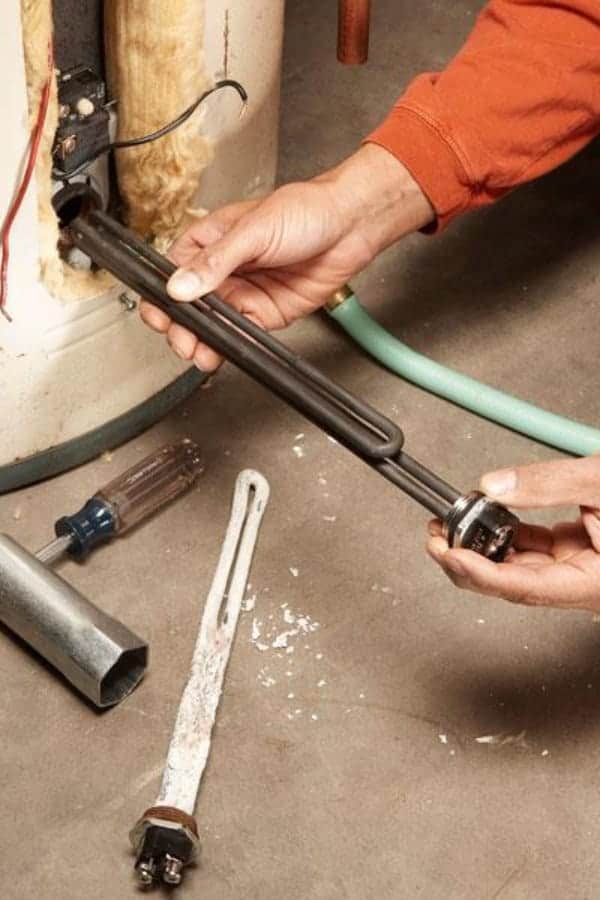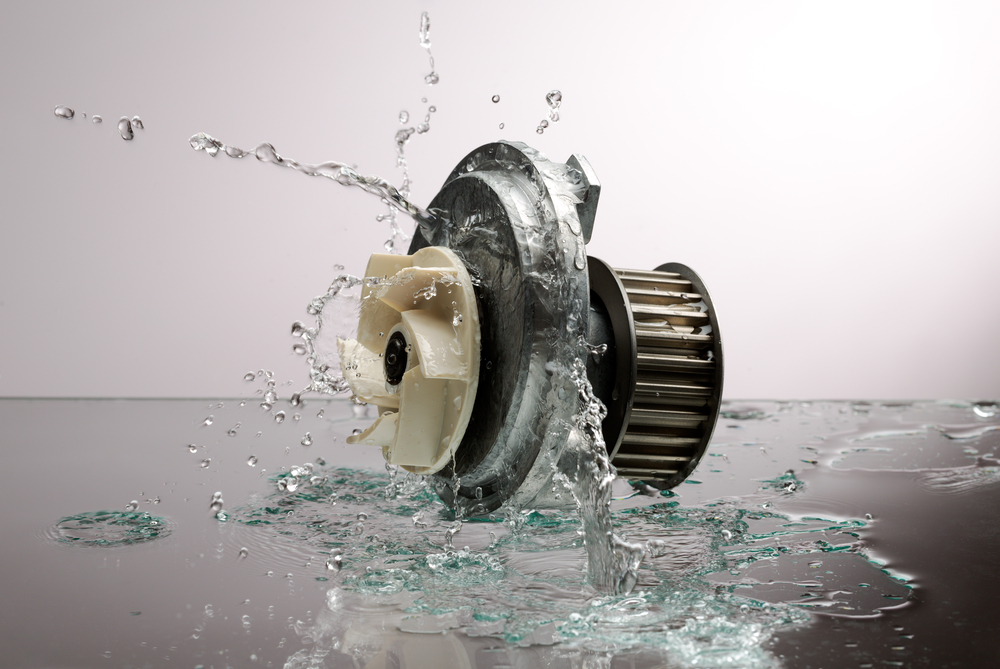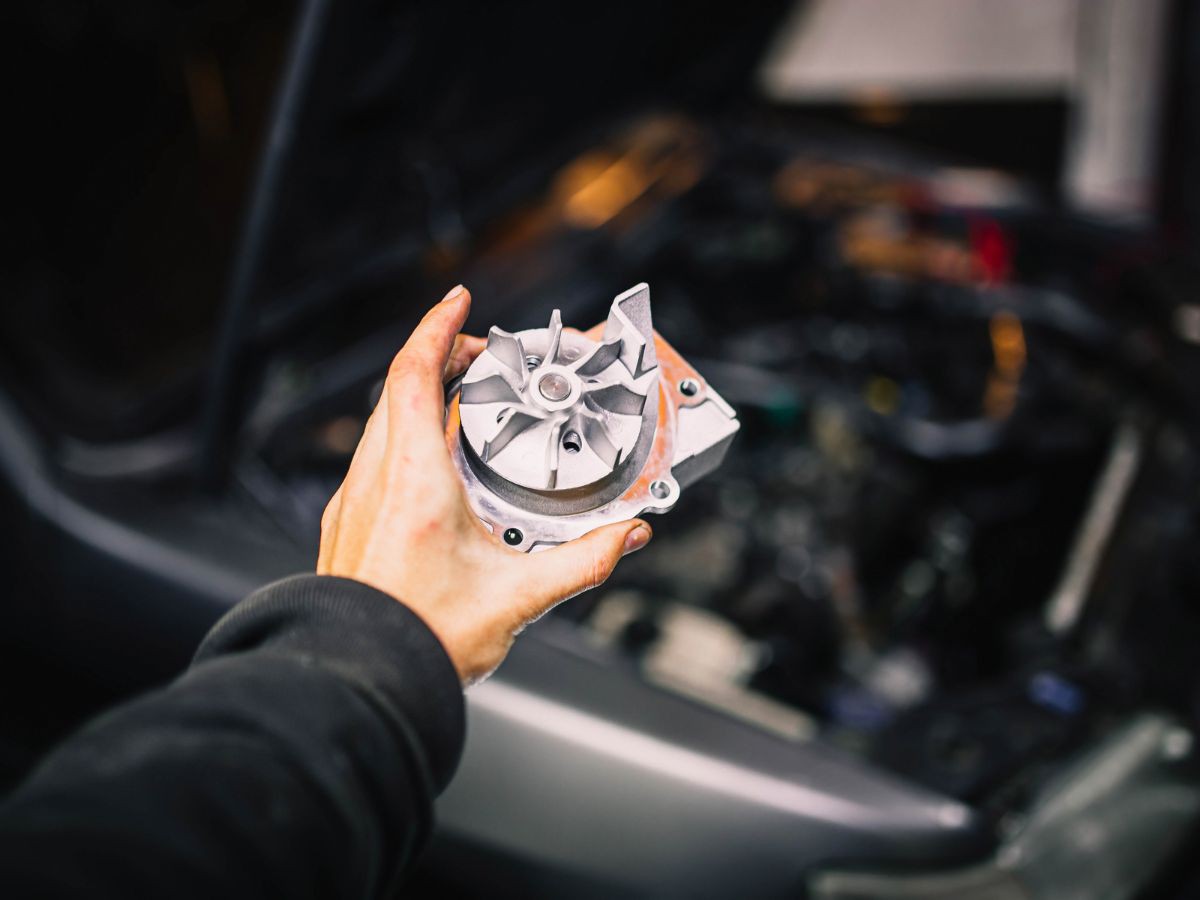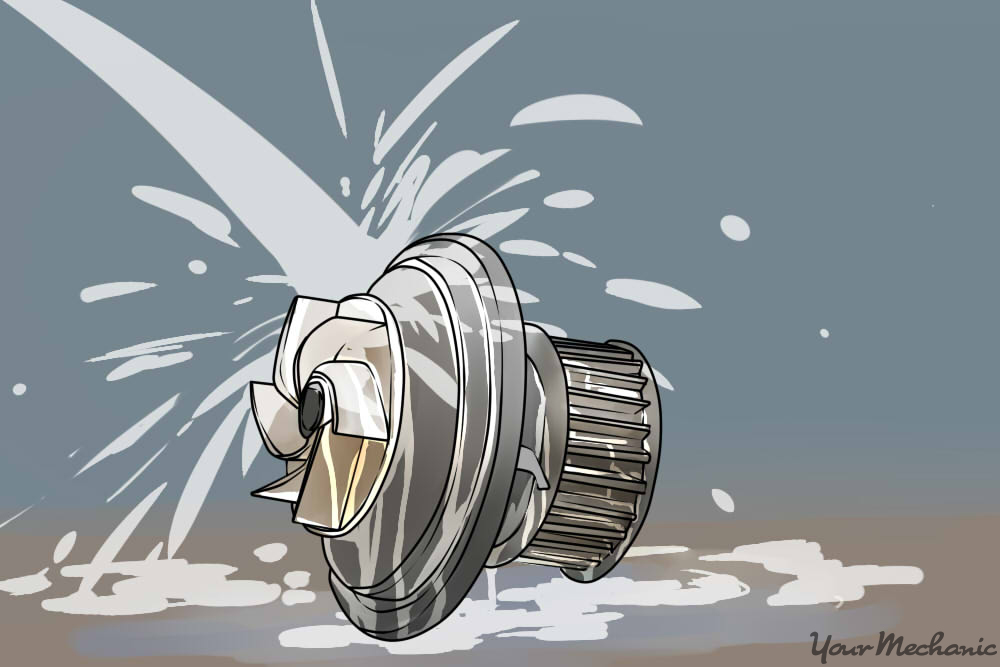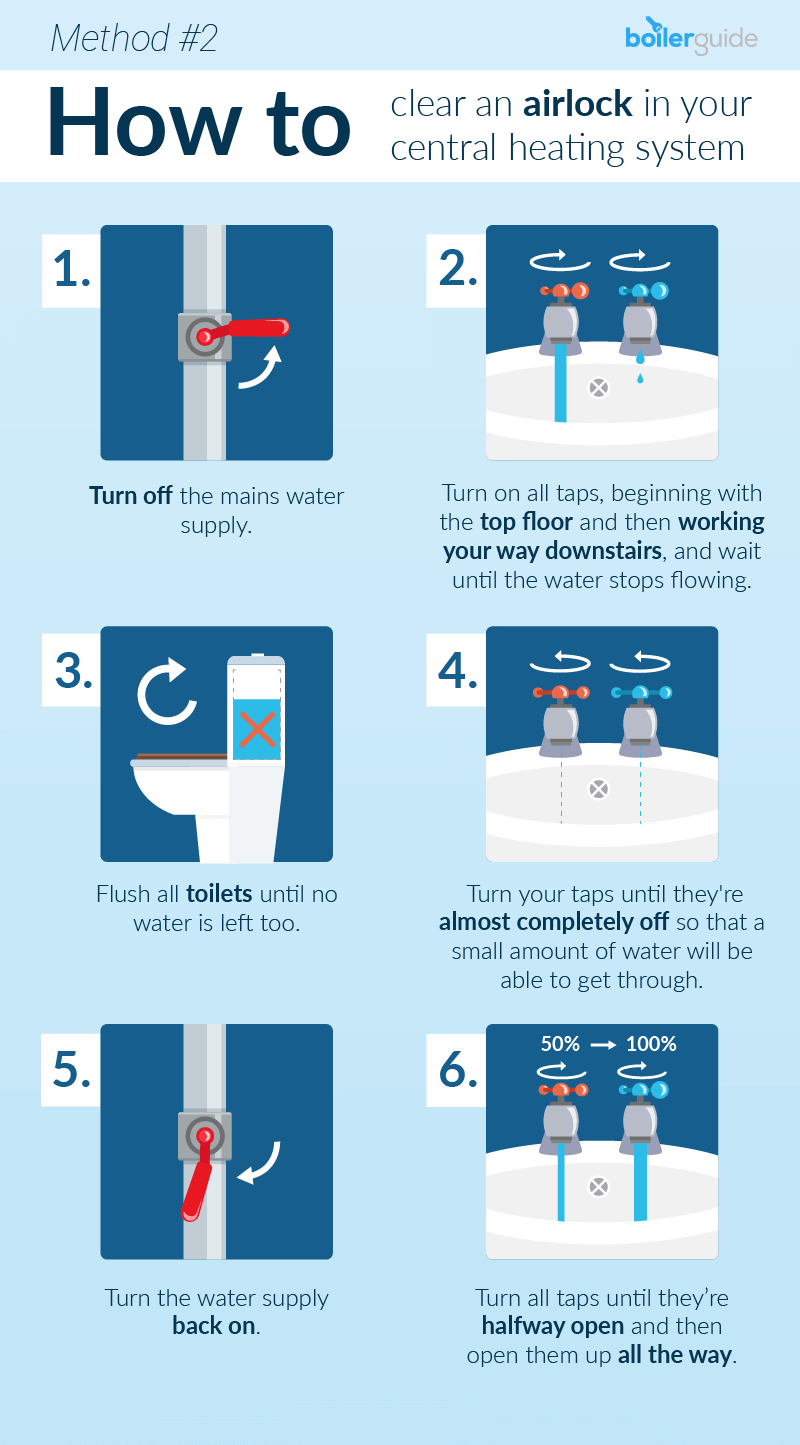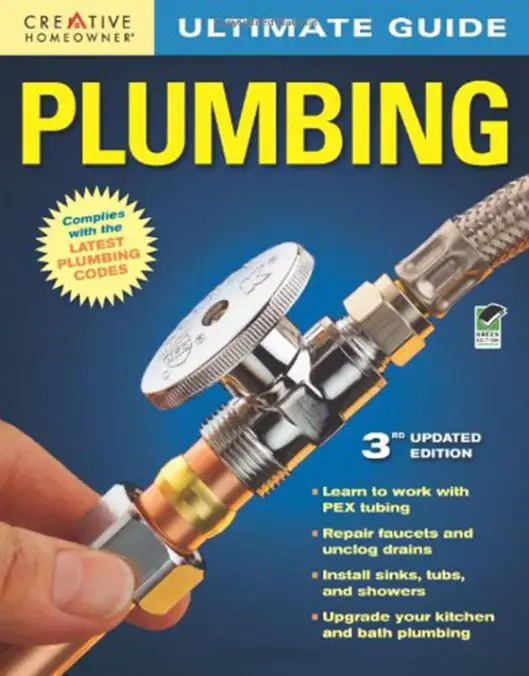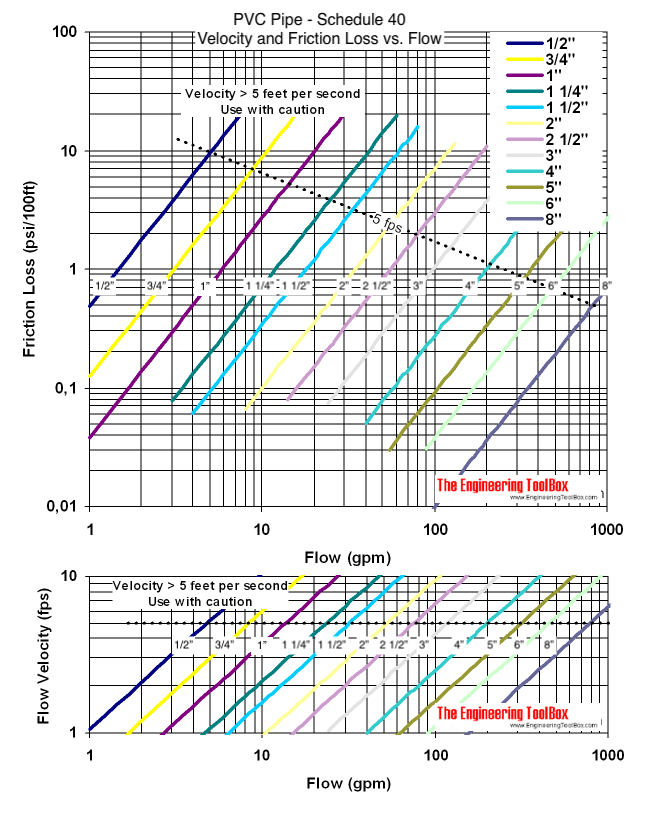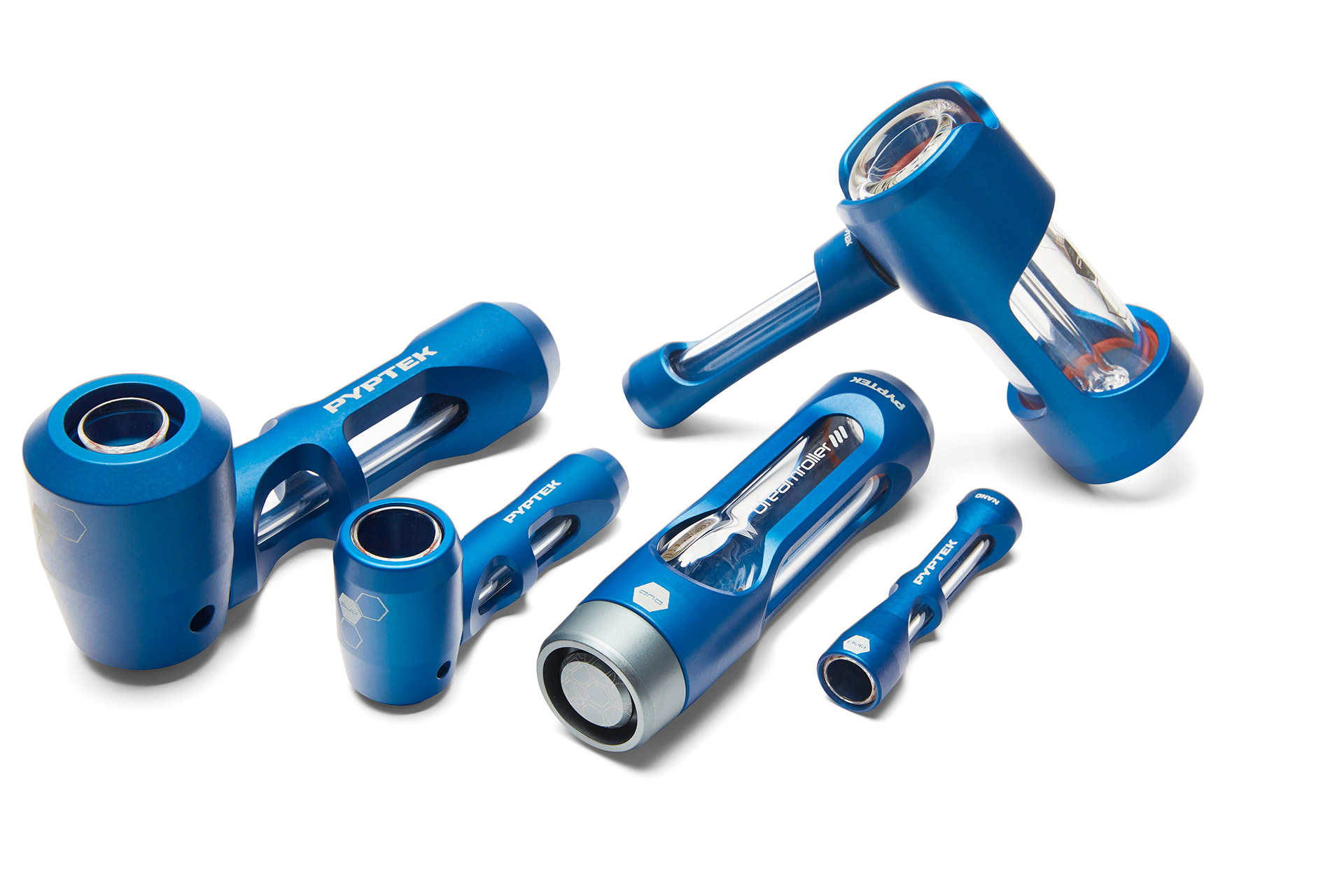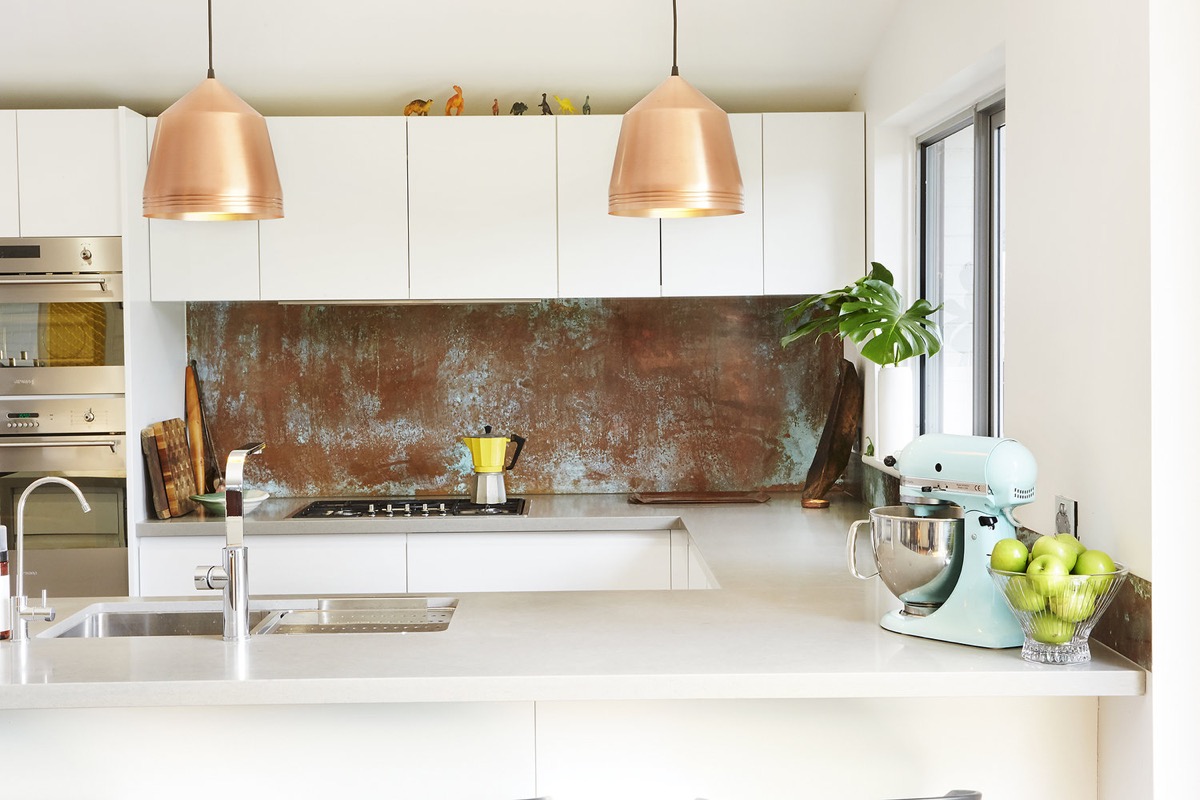One of the most common causes of a loss of water pressure in the kitchen sink is a clogged aerator. The aerator is a small screen located at the end of the faucet where the water comes out. Over time, minerals and debris can build up in the aerator, causing it to become clogged. This restricts the flow of water and can result in reduced water pressure. Fortunately, this is an easy fix that can be done in just a few minutes.1. Clogged aerator
If you have checked the aerator and the water pressure is still low, the problem could lie with the faucet itself. Over time, the internal components of a faucet can wear out, causing a decrease in water pressure. This is especially common in older faucets or ones that have been used frequently. Replacing the faucet may be necessary to restore proper water pressure.2. Faulty faucet
Another potential cause of a loss of water pressure in the kitchen sink is leaking pipes. If there is a leak in the pipes leading to the sink, it can result in a decrease in water pressure. This is often accompanied by a noticeable increase in your water bill. If you suspect a leak, it is important to have it fixed as soon as possible to avoid further issues and increase in costs.3. Leaking pipes
In some cases, the problem may not be with your sink itself, but with the water supply. If your water provider is experiencing maintenance or repairs, it can lead to a decrease in water pressure. Additionally, if there is a problem with the main water line leading to your home, it can also cause a decrease in water pressure. Contact your water provider to see if there are any known issues in your area.4. Water supply issue
Over time, pipes can become corroded and develop buildups that can restrict the flow of water. This is especially common in older homes with galvanized pipes. If you suspect this to be the cause of your low water pressure, it is important to have a professional plumber inspect and replace any corroded pipes.5. Corroded pipes
The shut-off valve controls the flow of water to your kitchen sink. If this valve is not fully open, it can result in low water pressure. Additionally, if the valve is damaged or worn out, it can also lead to a decrease in water pressure. Check to ensure that the shut-off valve is fully open and functioning properly.6. Faulty shut-off valve
Hard water can lead to a buildup of minerals in your pipes, which can eventually restrict the flow of water. This is especially common in areas with high mineral content in their water. Mineral buildup can also occur in the faucet and aerator, causing a decrease in water pressure. Regularly cleaning and descaling your pipes and fixtures can help prevent this issue.7. Mineral buildup
A pressure regulator is a device that controls the water pressure inside your home. If this regulator is broken or malfunctioning, it can lead to a decrease in water pressure. This is often accompanied by other signs such as excessively high or low water pressure throughout your home. If you suspect a broken pressure regulator, it is important to have it replaced by a professional plumber.8. Broken pressure regulator
If your home has a water pump to supply water, it could be the source of your low water pressure. Over time, water pumps can wear out and malfunction, resulting in a decrease in water pressure. If you have a well, it is important to have your water pump regularly inspected and maintained to avoid any issues with water pressure.9. Faulty water pump
Lastly, a potential cause of low water pressure in the kitchen sink could be air in the pipes. This can occur when there is a disruption in the water supply, such as a recent repair or maintenance. To fix this issue, you can try bleeding the air out of your pipes by turning on all the faucets in your home for a few minutes. In conclusion, a loss of water pressure in the kitchen sink can be a frustrating and inconvenient problem. However, by understanding the common causes and addressing them promptly and appropriately, you can restore proper water pressure and ensure the smooth functioning of your kitchen sink. If you are unable to determine the cause or unable to fix the issue yourself, it is always best to seek the help of a professional plumber to avoid any further complications.10. Air in the pipes
Reasons for Loss of Water Pressure in Kitchen Sink Only

Possible Clogged Pipes
 One of the most common reasons for a loss of water pressure in the kitchen sink is a clogged pipe. Over time, debris, mineral deposits, and other materials can build up in the pipes, causing blockages. This can restrict the flow of water and lead to a decrease in water pressure.
Regular maintenance and cleaning of pipes can help prevent this issue.
One of the most common reasons for a loss of water pressure in the kitchen sink is a clogged pipe. Over time, debris, mineral deposits, and other materials can build up in the pipes, causing blockages. This can restrict the flow of water and lead to a decrease in water pressure.
Regular maintenance and cleaning of pipes can help prevent this issue.
Malfunctioning Faucet Aerator
 Another possible cause for a loss of water pressure in the kitchen sink could be a malfunctioning faucet aerator. The aerator is a small mesh screen at the end of the faucet that helps to mix air with the water, creating a smooth flow. If this becomes clogged with debris or mineral deposits, it can disrupt the water flow and result in a decrease in water pressure.
Replacing or cleaning the aerator can help restore proper water pressure.
Another possible cause for a loss of water pressure in the kitchen sink could be a malfunctioning faucet aerator. The aerator is a small mesh screen at the end of the faucet that helps to mix air with the water, creating a smooth flow. If this becomes clogged with debris or mineral deposits, it can disrupt the water flow and result in a decrease in water pressure.
Replacing or cleaning the aerator can help restore proper water pressure.
Issues with Water Supply Line
 In some cases, the problem may not be with the sink or faucet itself, but with the water supply line. A kink or blockage in the supply line can restrict the flow of water and cause a decrease in water pressure. This can happen if the line is old or damaged, or if there is a buildup of sediment or debris in the line.
Replacing the supply line or clearing any blockages can help resolve the issue.
In some cases, the problem may not be with the sink or faucet itself, but with the water supply line. A kink or blockage in the supply line can restrict the flow of water and cause a decrease in water pressure. This can happen if the line is old or damaged, or if there is a buildup of sediment or debris in the line.
Replacing the supply line or clearing any blockages can help resolve the issue.
Low Water Pressure from City Supply
 In rare cases, the loss of water pressure in the kitchen sink may be due to issues with the city's water supply. If other faucets and fixtures in the house are also experiencing low water pressure, it is possible that there is a problem with the main water line.
It is best to contact the city's water department to report the issue and get it resolved.
In rare cases, the loss of water pressure in the kitchen sink may be due to issues with the city's water supply. If other faucets and fixtures in the house are also experiencing low water pressure, it is possible that there is a problem with the main water line.
It is best to contact the city's water department to report the issue and get it resolved.
Conclusion
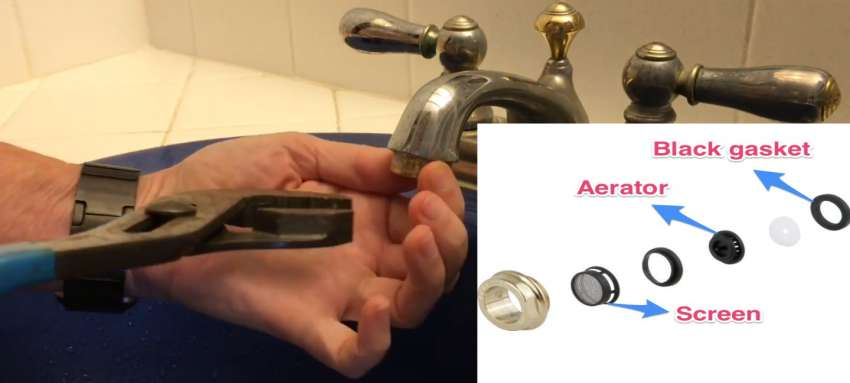 In conclusion, there can be several reasons for a loss of water pressure in the kitchen sink only.
Regular maintenance and cleaning of pipes and faucets can help prevent clogs and ensure proper water flow.
If the issue persists, it is best to consult a professional plumber to identify and fix the problem.
Having proper water pressure in the kitchen sink is crucial for daily tasks and can also indicate potential issues with the plumbing system.
By addressing the issue promptly, you can ensure a functioning and efficient kitchen sink for years to come.
In conclusion, there can be several reasons for a loss of water pressure in the kitchen sink only.
Regular maintenance and cleaning of pipes and faucets can help prevent clogs and ensure proper water flow.
If the issue persists, it is best to consult a professional plumber to identify and fix the problem.
Having proper water pressure in the kitchen sink is crucial for daily tasks and can also indicate potential issues with the plumbing system.
By addressing the issue promptly, you can ensure a functioning and efficient kitchen sink for years to come.
:max_bytes(150000):strip_icc()/ac4-56a73c595f9b58b7d0e8182e.jpg)

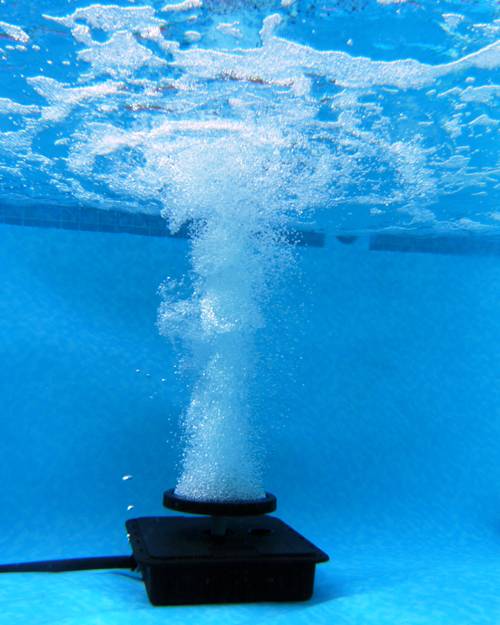
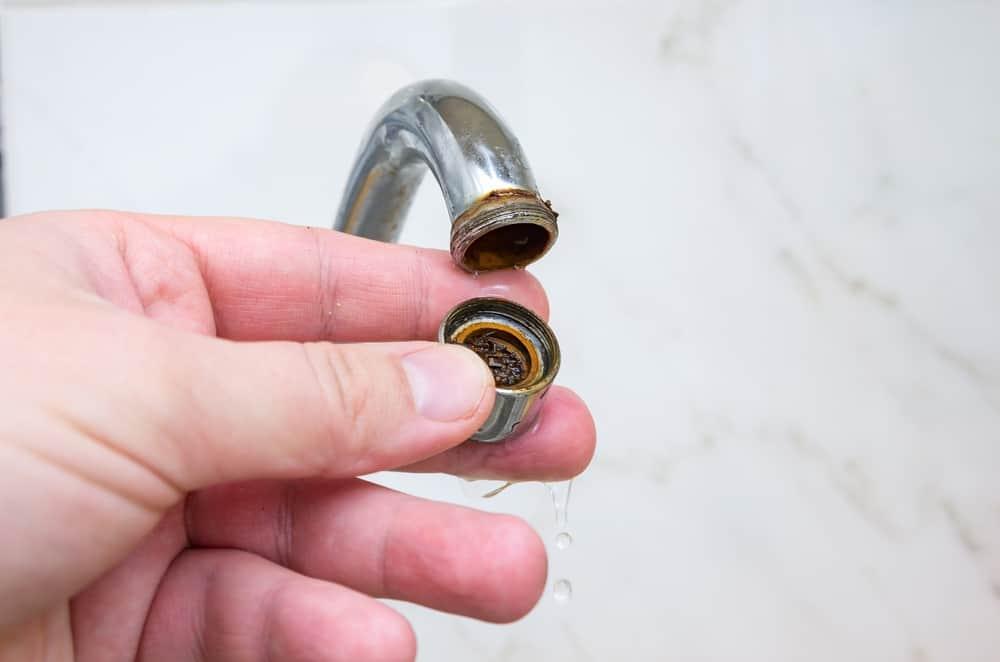

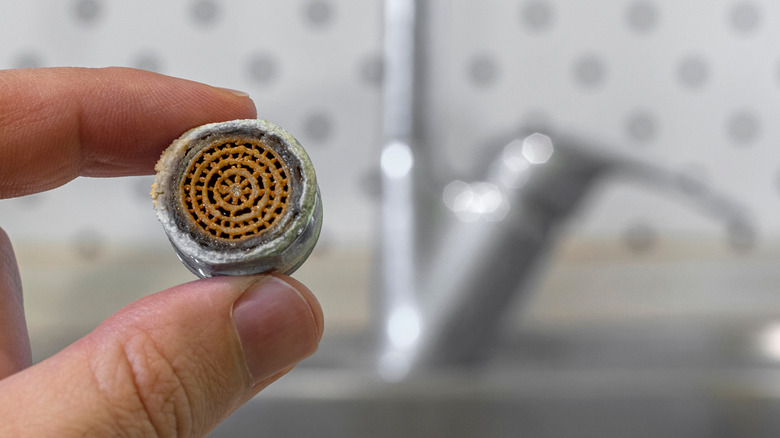


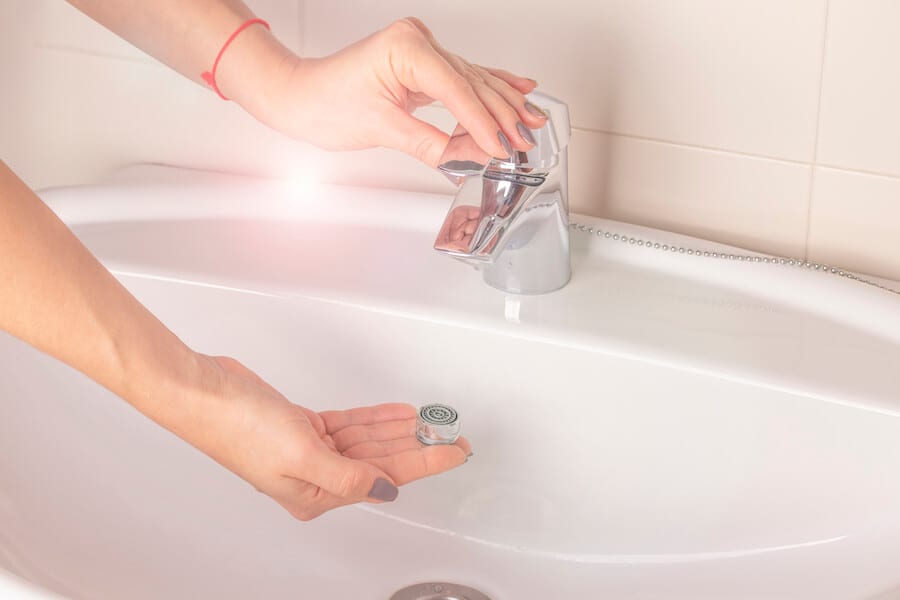




:max_bytes(150000):strip_icc()/faulty-kitchen-faucet-140358503-5840b9c43df78c02309d3c30.jpg)






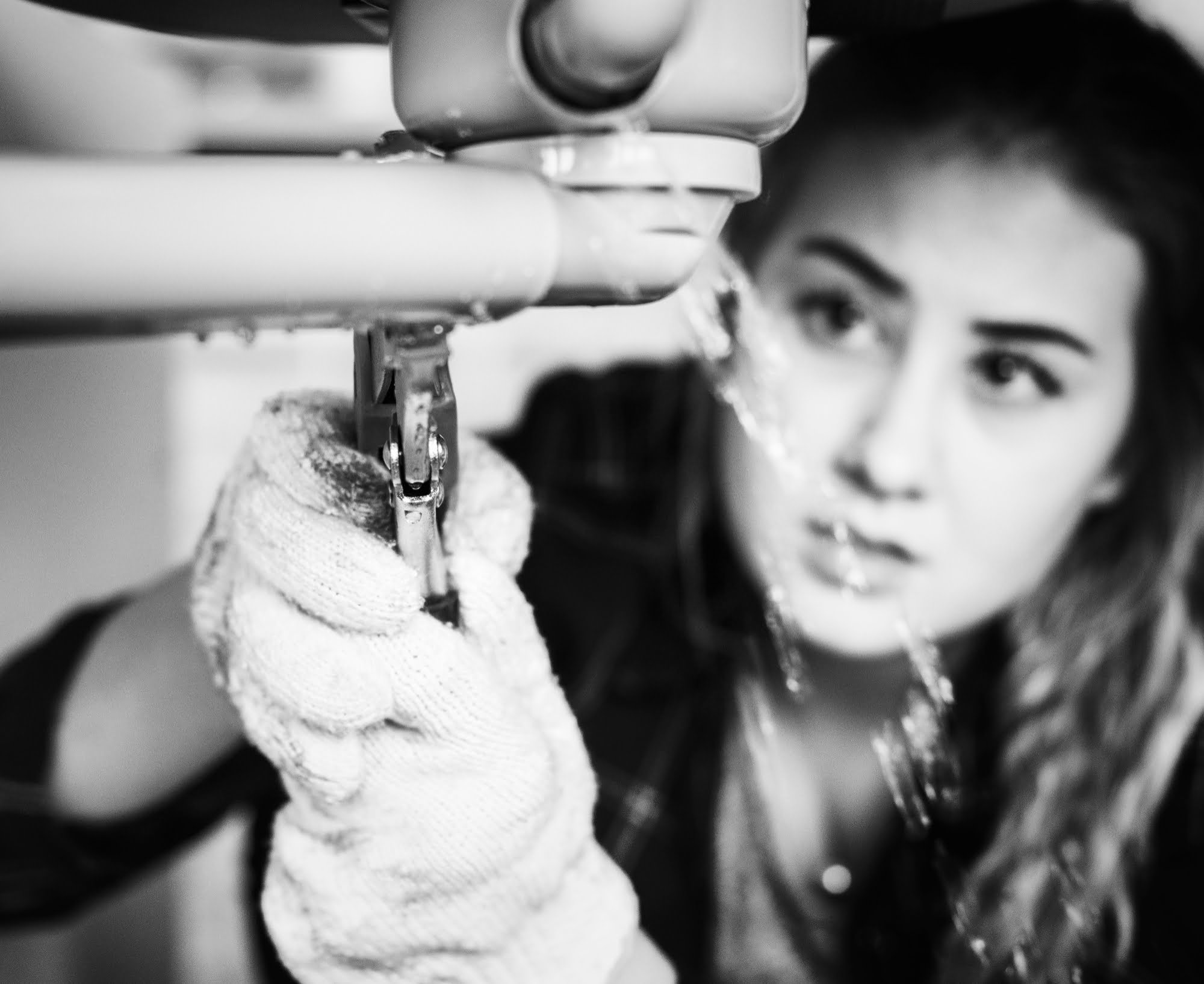





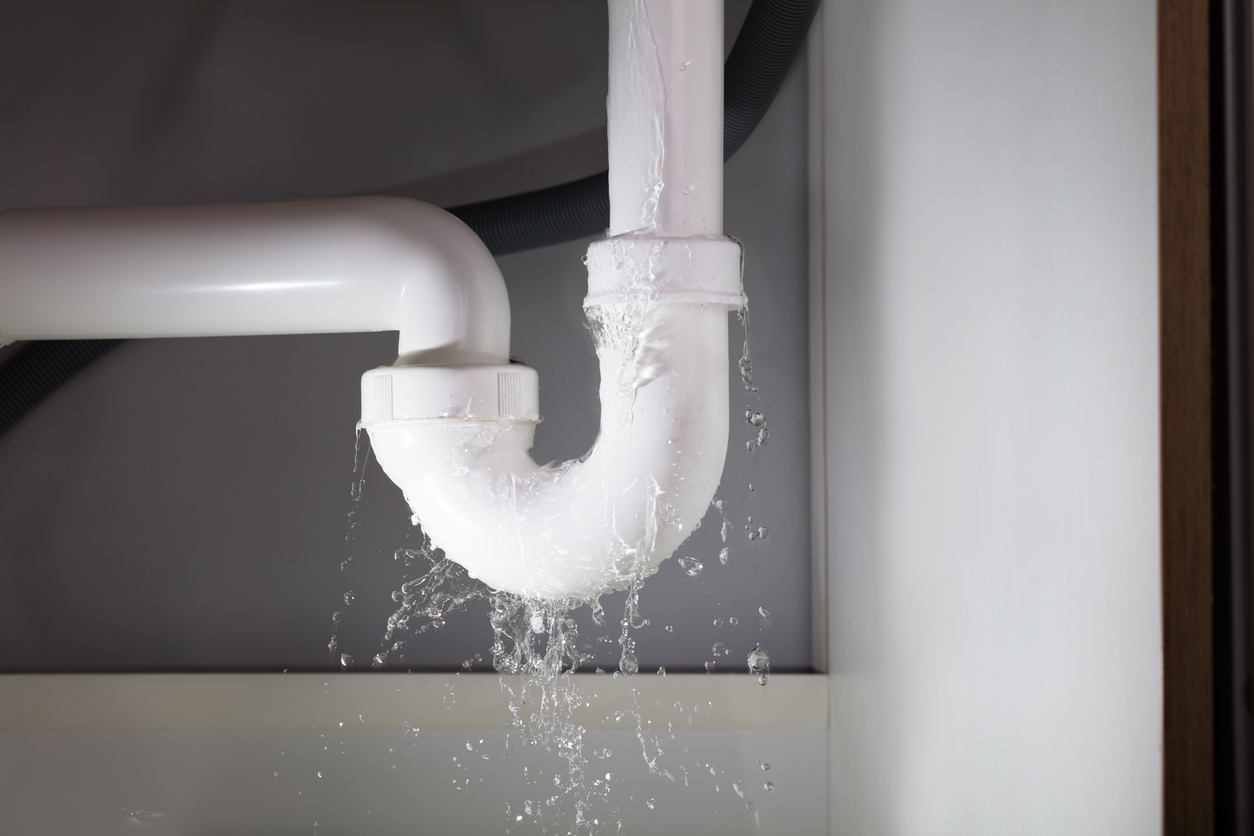

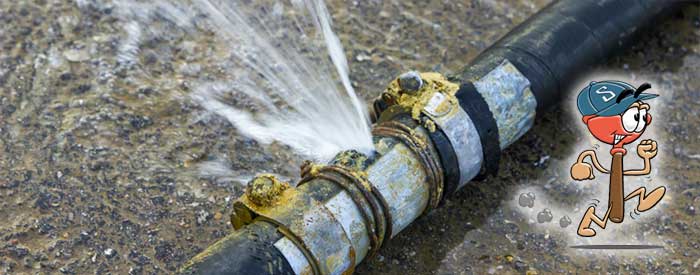
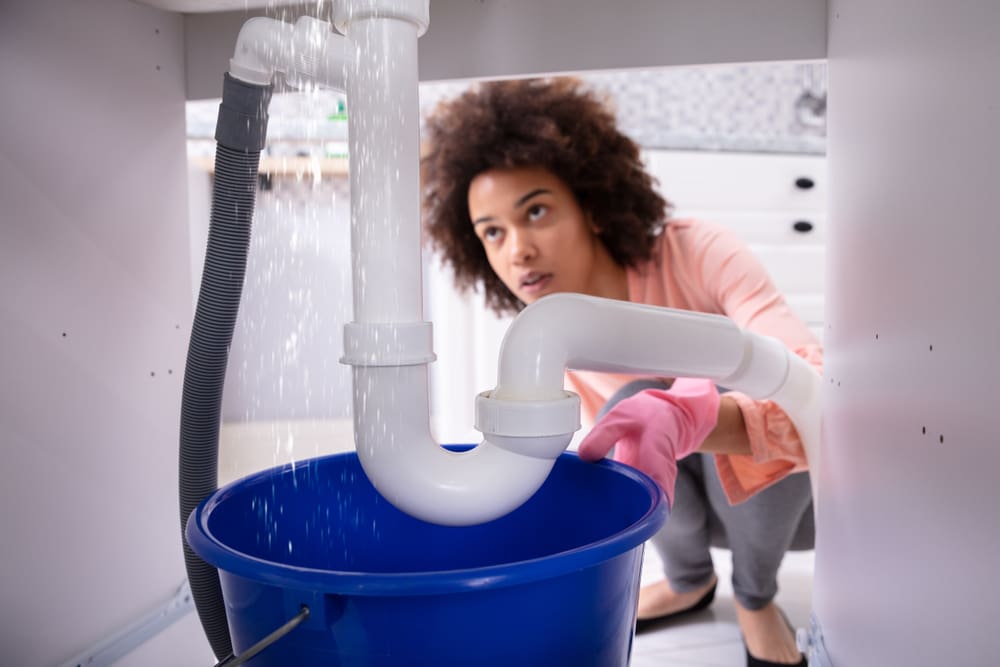


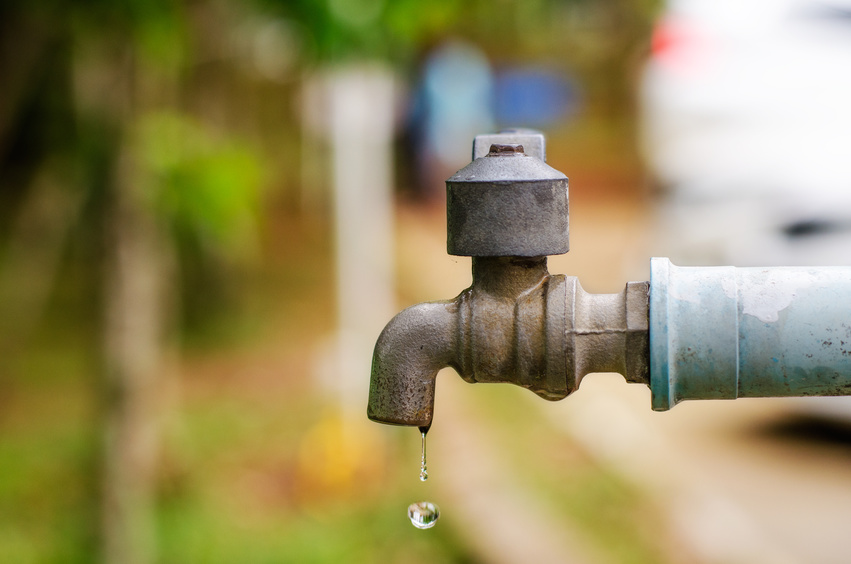

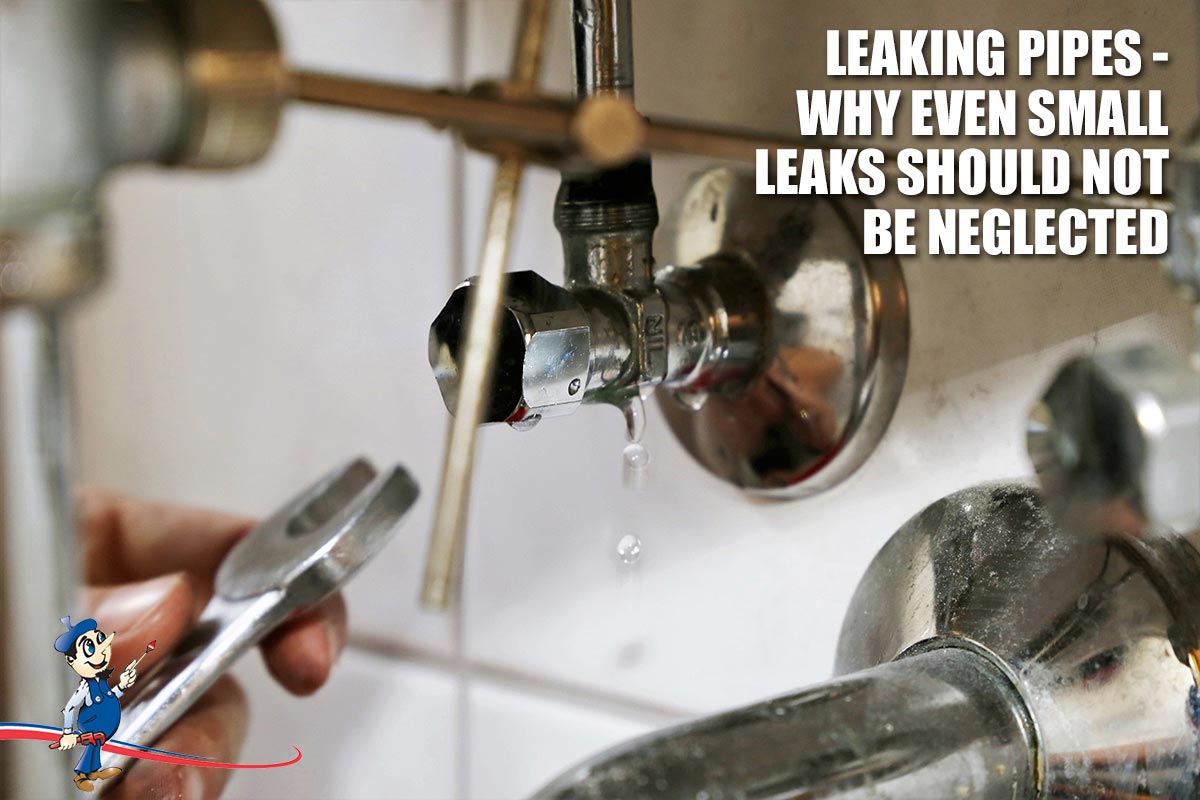





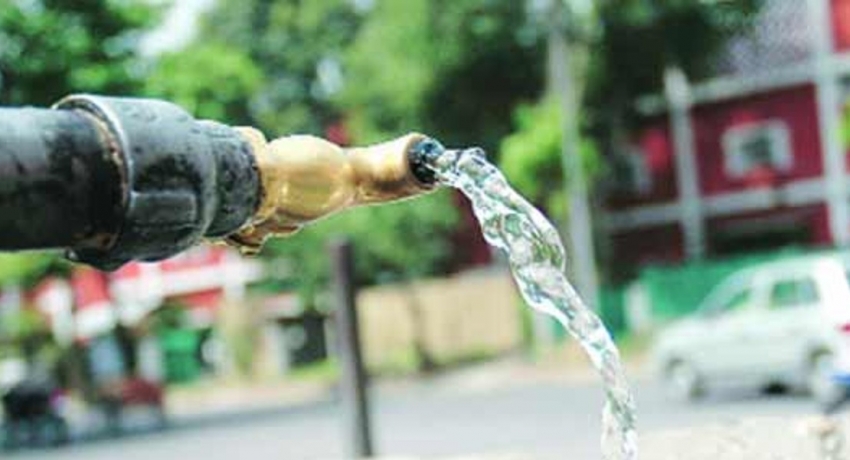
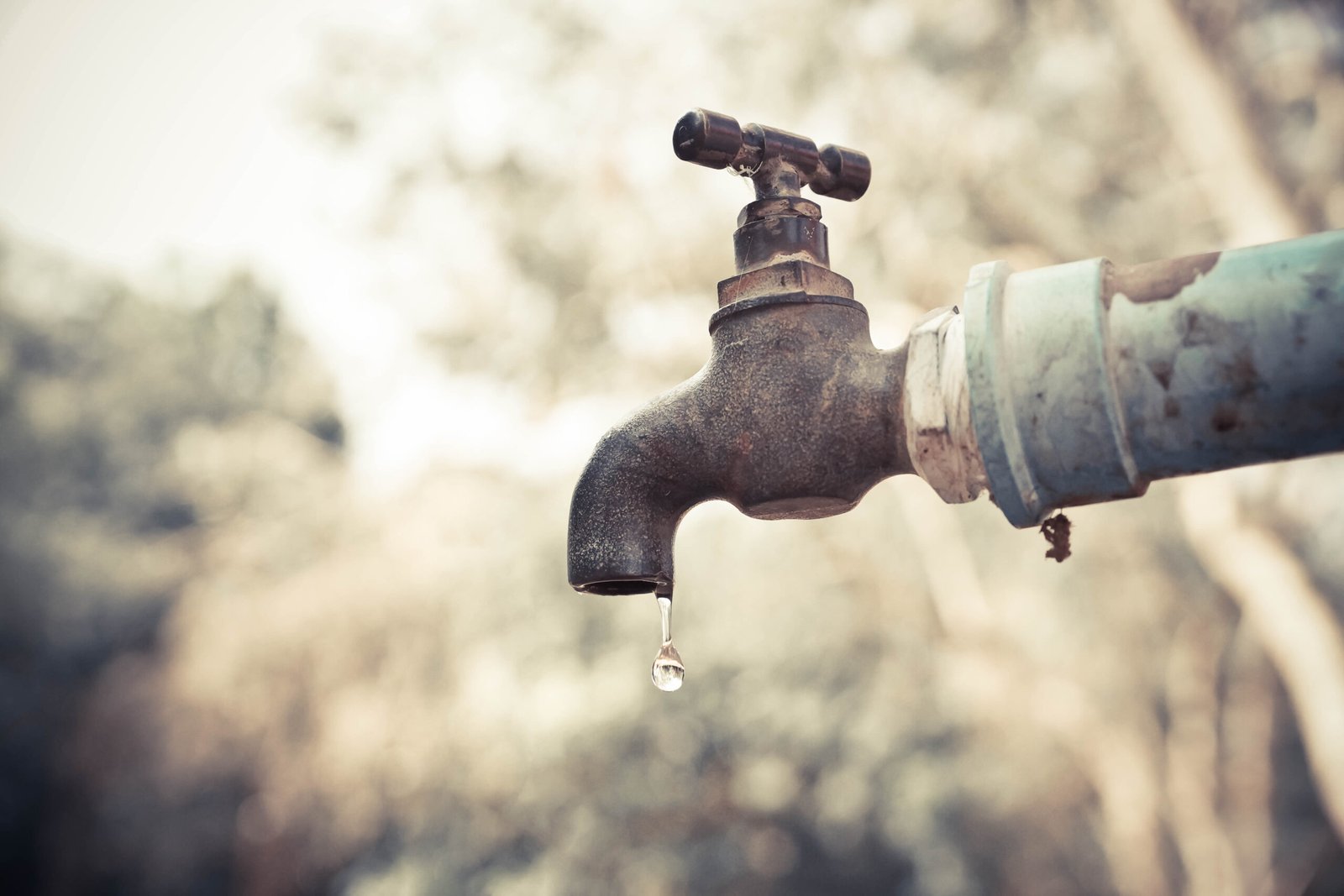



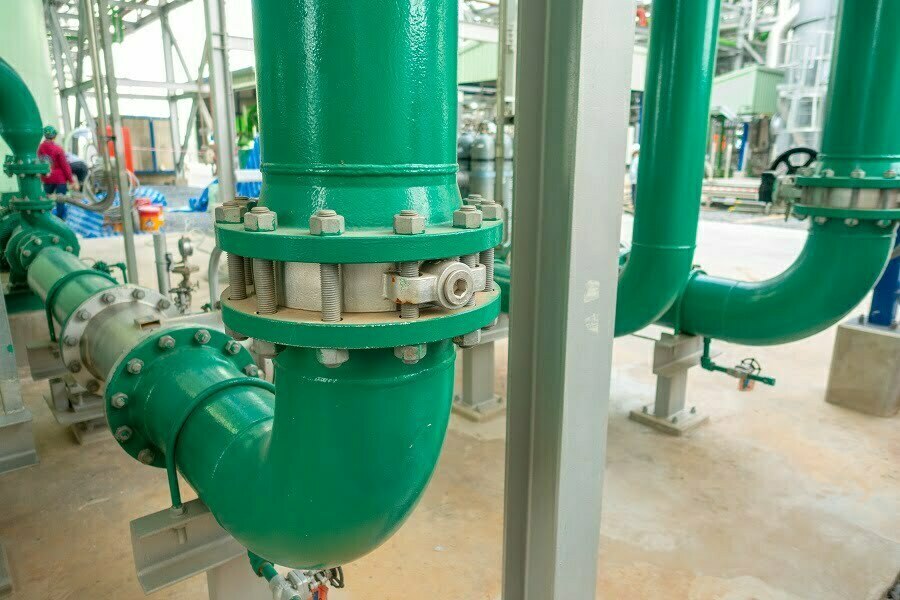




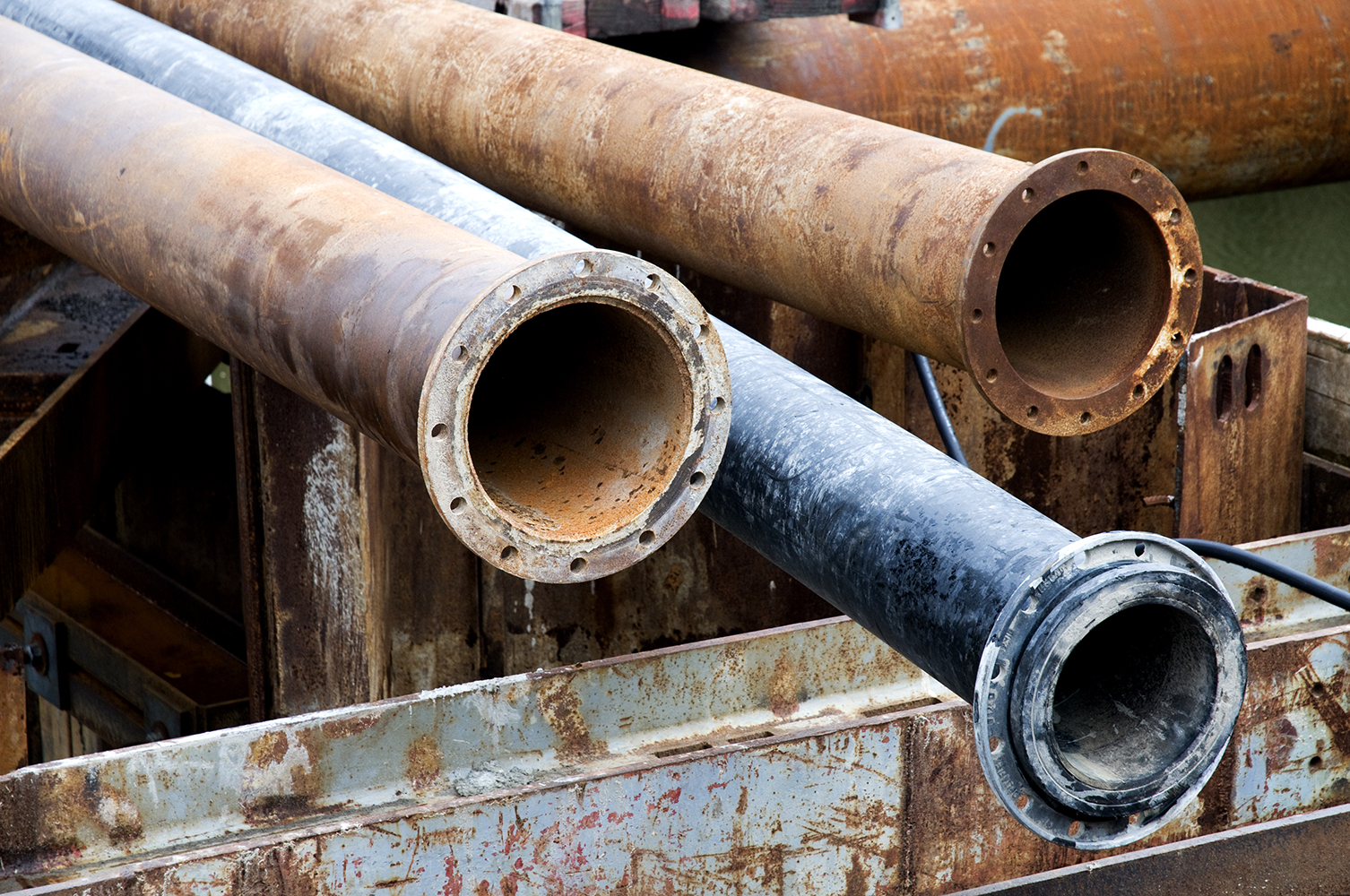




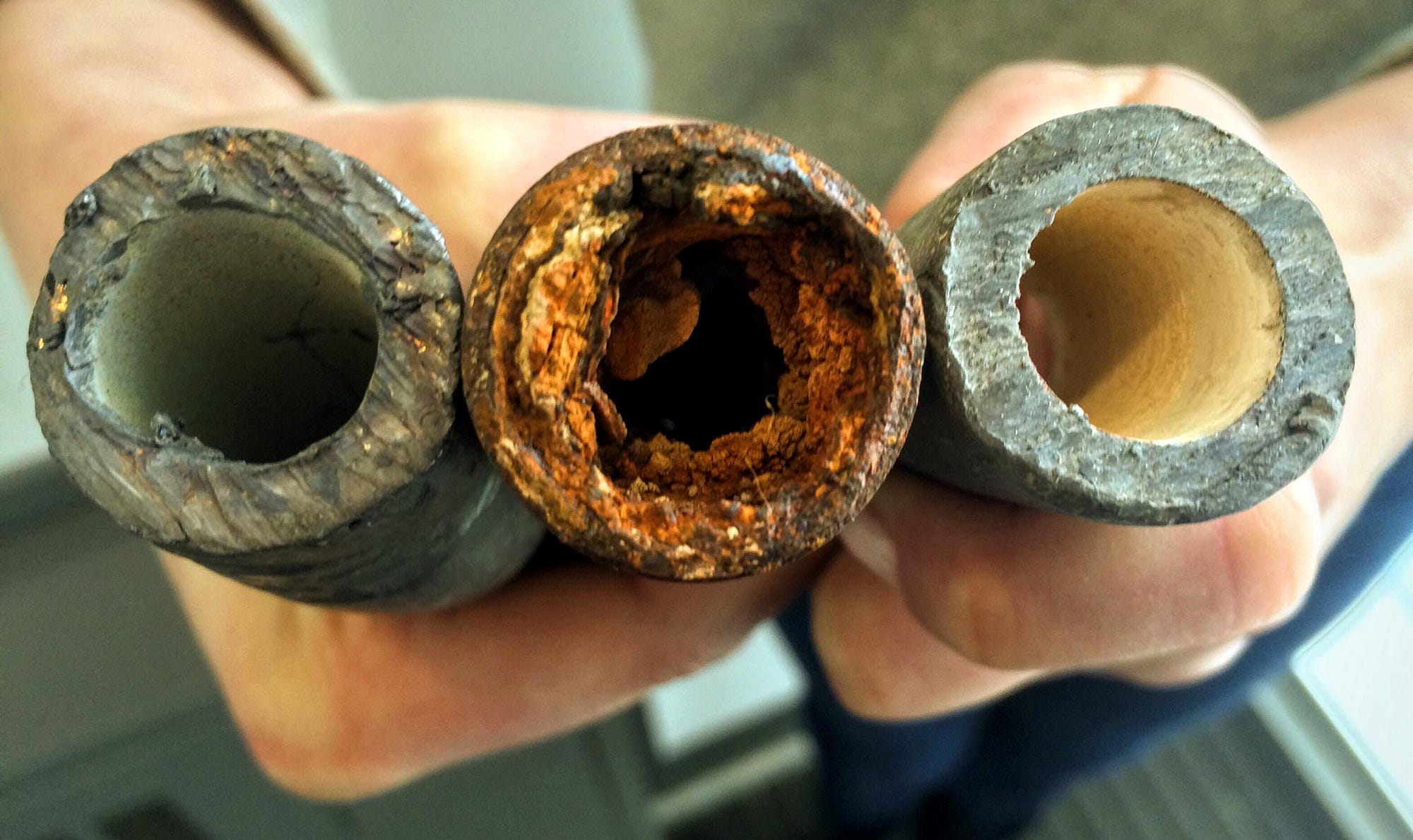
:quality(70)/cloudfront-us-east-1.images.arcpublishing.com/cmg/OWK6LZ7PBFDP5DVLQKXE6VITEQ.jpeg)




